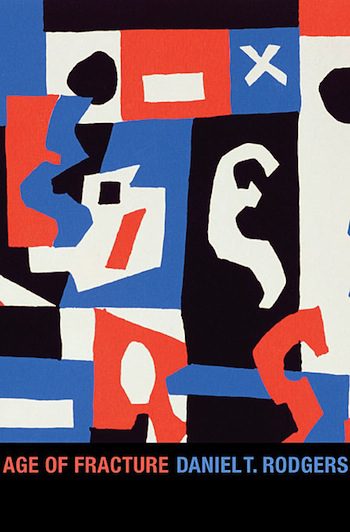Discipline and Punish, subtitled The Birth of the Prison, is Michel Foucault’s reading of the shift in penal technologies from torture to imprisonment that took place in Europe beginning in the eighteenth century. Foucault dramatizes this transformation by opening the book with two penal schemes separated by 80 years. The first, in 1757, is the grisly public execution of Damiens, convicted of attempting to kill Louis XV— he was tortured, drawn, quartered, and finally burned. The second is little more than a time-table regulating the daily life of young prisoners in Paris. For Foucault, this change signals not “a quantitative phenomenon: less cruelty, less pain, more kindness, more respect, more ‘humanity,’” but “a displacement in the very object of the punitive operation” from the body to the soul. More than anything, Foucault is interested in how external structures (like institutions of power) produce subjects. It is in this way that we can characterize Foucault as a post-humanist. He investigates the “conditions of possibility” for thought in any given period or domain of knowledge. That is, what can be thought at all in a given context and how did it come to be that way? The measure is not man, but discourse.
Foucault offers a genealogy of the development of the modern regime of social control; that is, how power controls bodies. The nineteenth century brings about a seemingly “gentler” sort of punishment, rhetorically aimed at the correction of the soul, which is nevertheless a highly structured regulation of the body that produces docility. Foucault calls this new system “discipline,” and his careful archeology of the discourse around punishment as the modern prison emerges leads him to conclude that the move away from torture was “not to punish less, but to punish better; to punish with an attenuated severity perhaps, but in order to punish with more universality and necessity; to insert the power to punish more deeply into the social body.” Discipline, Foucault argues, shifts the emphasis away from results, wherein Damiens is brutally punished for his attempted regicide, and onto processes of regulating the body not as a whole but in its parts, rendering the body docile, a prison for the soul. This process has pervaded modern society beyond the prison, and, for Foucault, we presently live in a carceral world.
Three technologies enable the production of docile bodies: hierarchical observation, normalizing judgment, and examination. The first is represented in the classic example of Jeremy Bentham’s panopticon, a circular prison where all of the cells can be monitored by a single watchtower in the center into which the prisoners cannot see. What is essential to this scheme is that the possibility of being watched, the uncertainty of whether or not a watchman is in in the tower, is enough to control the prisoners. The second technology, normalizing judgment, is compulsive and pervasive ranking and rating: the notion, for example, not that children need to learn to read, but that each child’s skill at reading must be compared to children of the same age in a quantifiable manner. The final technology, examination, combines the first two into a “normalizing gaze, a surveillance that makes it possible to qualify, to classify and to punish….in it are combined the ceremony of power and the form of the experiment, the deployment of force and the establishment of truth.” For Foucault, the formation of knowledge and the exercise of power are one and the same. , Nevertheless, there is no single nexus of power; we are all variously constructed as subjects by dispersed loci of power. A sort of useful, pedestrian example of this power of knowledge is the proverbial “permanent record,” that mysterious instrument schools use to record your faults that threatens to permanently marginalize you if you do not behave properly. Its normalizing force is enacted invisibly—has anyone ever seen a permanent record?—by making you visible as a written “case.” This decentralized and invisible technology of knowledge resembles a prison-like, one-sided power-knowledge relation, a relation that for Foucault is deeply coercive.
You may also like these articles in our Social Theory series:
Juan Carlos de Orellana discusses Gramsci on Hegemony
Michel Lee explains Louis Althusser ideas on Interpellation, and the Ideological State Apparatus
You may also like:
Megan Seaholm’s review of Woman’s Body, Woman’s Right: Birth Control in America (1976), by Linda Gordon.




